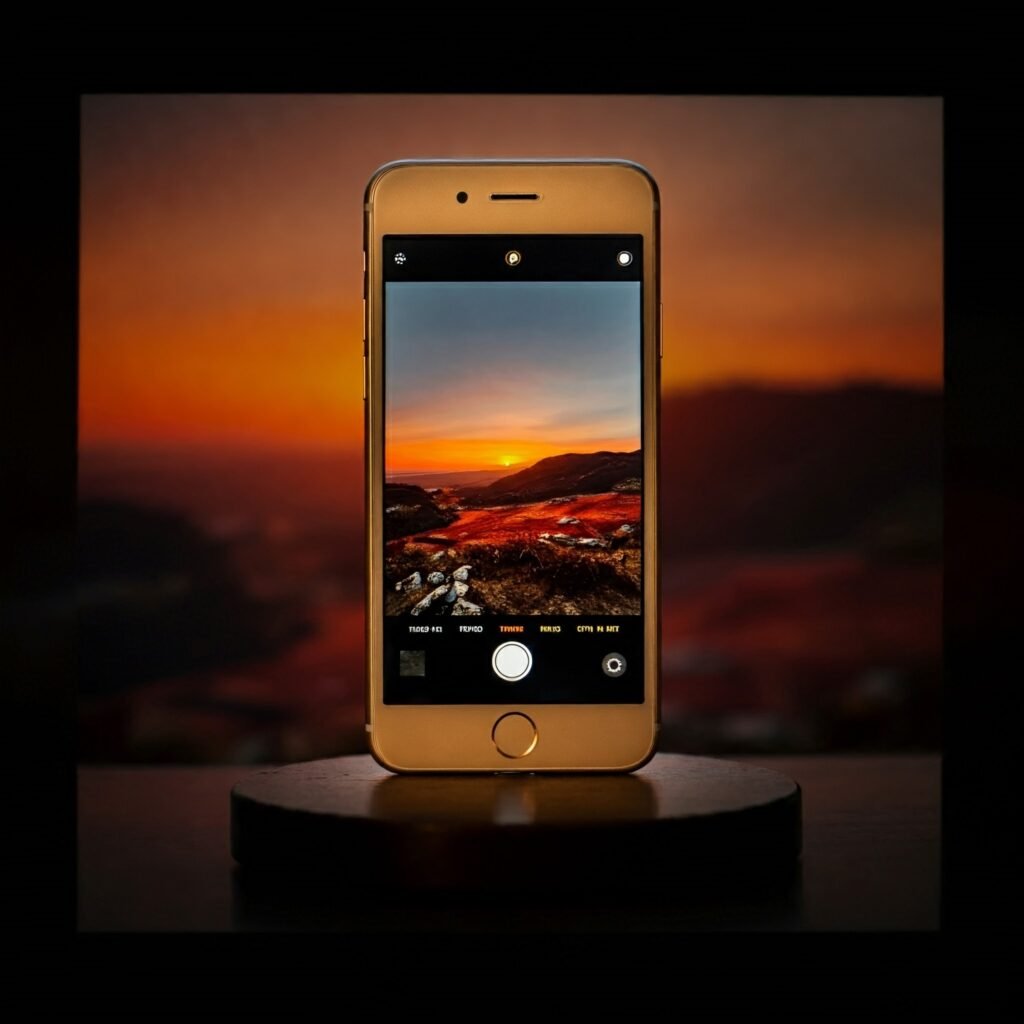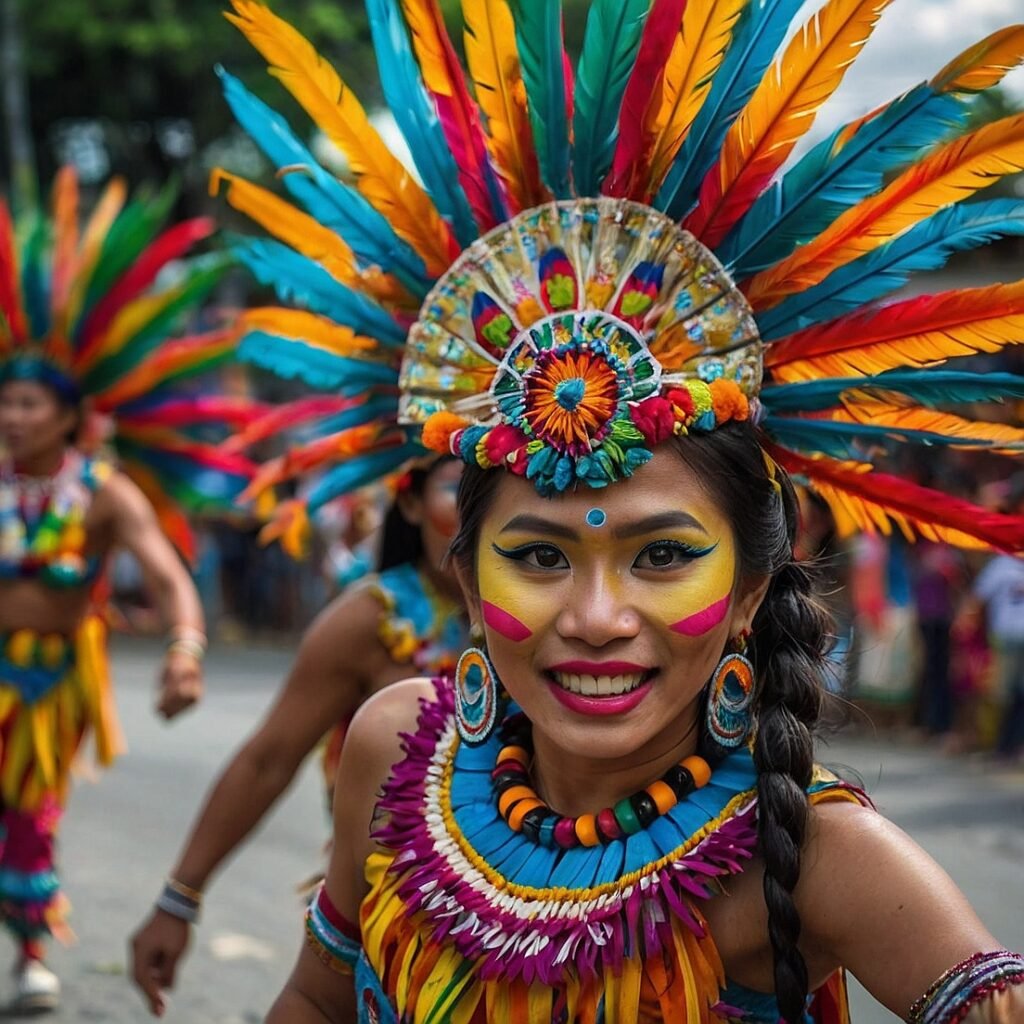Hey there, tech enthusiasts and aspiring photographers! Lex Reyes here, your friendly neighborhood Tech Writer and Aficionado. Today, we’re diving into the exciting world of smartphone photography – a realm where innovation meets creativity, and where every Juan and Maria can become a master shutterbug with the device in their pocket. Buckle up as we explore how to transform your smartphone into a powerful tool for capturing the vibrant spirit of the Philippines, one pixel at a time!
The Rise of Mobile Photography in the Philippines
Before we jump into the nitty-gritty, let’s take a moment to appreciate how far we’ve come. Remember the days when taking a decent photo meant lugging around a bulky DSLR? Those days are long gone, my friends. In the bustling streets of Manila and beyond, smartphones have become the go-to gadget for capturing life’s moments.
The Philippines, with its breathtaking landscapes and vibrant culture, has always been a photographer’s paradise. But now, with the rise of smartphone technology, we’re seeing a democratization of photography like never before. From the sun-kissed beaches of Boracay to the chaotic charm of Divisoria markets, Filipinos are documenting their lives and surroundings with unprecedented ease and quality.
This shift isn’t just changing how we take photos; it’s reshaping our entire digital culture. Social media platforms are flooded with stunning images captured by amateur photographers, influencers are building entire careers around their smartphone photography skills, and even traditional media outlets are embracing mobile-shot content.
Why Smartphone Photography Matters
You might be wondering, “Lex, why should I care about mastering smartphone photography?” Well, let me break it down for you:
- Accessibility: Your smartphone is always with you. That sunset over Manila Bay waits for no one, and with your phone, you’re always ready to capture it.
- Instant Sharing: In our connected world, the ability to shoot, edit, and share in minutes is not just convenient – it’s powerful.
- Cost-Effective: High-quality cameras are expensive. Your smartphone gives you a versatile photography tool without the extra investment.
- Continuous Improvement: Smartphone cameras are evolving rapidly. Each new model brings features that were once the domain of professional cameras.
- Creative Freedom: The plethora of apps available for editing and enhancing photos gives you a mobile studio in your pocket.
Now that we’ve established the ‘why,’ let’s dive into the ‘how.’ I’m going to share some tips and tricks that will elevate your smartphone photography game, whether you’re shooting the iconic Mayon Volcano or your lola’s legendary adobo.
Mastering the Basics: Composition and Lighting
Understanding Composition
Composition is the backbone of any great photo. It’s not about what you shoot, but how you frame it. Let’s explore some key composition techniques:
- Rule of Thirds: Imagine your screen divided into a 3×3 grid. Place your subject along these lines or at their intersections for a more balanced and interesting shot.
- Leading Lines: Use natural lines in your environment – like roads, rivers, or even jeepney routes – to draw the viewer’s eye into the photo.
- Symmetry and Patterns: The Philippines is full of symmetrical architecture and natural patterns. From the iconic facades of colonial churches to the repetitive beauty of rice terraces, look for these elements to create visually striking images.
- Framing: Use elements in your foreground to ‘frame’ your main subject. A classic example is shooting Taal Volcano through an archway or between trees.
- Perspective: Don’t be afraid to get low or climb high. Shooting from unusual angles can give familiar scenes a fresh look.
The Magic of Lighting
Light is the essence of photography, and understanding how to use it can dramatically improve your shots. Here are some lighting tips to keep in mind:
- Golden Hour: The first and last hour of sunlight each day provides warm, soft light that’s perfect for photography. Try shooting at these times for a magical glow.
- Avoid Harsh Midday Sun: The intense midday sun can create unflattering shadows. If you must shoot at noon, look for shade or use it creatively for high-contrast shots.
- Backlighting: Shooting towards the light source can create beautiful silhouettes or add a dreamy quality to your photos.
- Night Photography: Don’t put your phone away when the sun sets! Experiment with city lights, long exposures, and light painting techniques.
- HDR Mode: Use your phone’s HDR (High Dynamic Range) mode in high-contrast situations to balance bright and dark areas.
Leveraging Your Smartphone’s Features
Modern smartphones come packed with features that can take your photography to the next level. Let’s explore how to make the most of these tools:
Portrait Mode
Portrait mode, available on many recent smartphones, uses software magic to create a shallow depth of field effect, blurring the background to make your subject pop. Here’s how to use it effectively:
- Keep some distance between your subject and the background for the best effect.
- Ensure your subject is well-lit to help the phone distinguish them from the background.
- Experiment with different levels of blur in post-processing.
Night Mode
Night mode is a game-changer for low-light photography. It uses computational photography to brighten dark scenes without excessive noise. Tips for great night shots:
- Keep your phone steady or use a tripod for the sharpest results.
- Experiment with light sources in your frame for interesting effects.
- Don’t be afraid of the dark – night mode can reveal details invisible to the naked eye.
Ultra-Wide Angle Lens
Many phones now feature an ultra-wide angle lens, perfect for capturing expansive landscapes or cramped interiors. Use it to:
- Exaggerate the scale of landscapes.
- Capture more of a scene in tight spaces.
- Create interesting distortions for creative effect.
Pro Mode
For those who want more control, many phones offer a ‘Pro’ or ‘Manual’ mode. This allows you to adjust settings like ISO, shutter speed, and white balance. Here’s a quick guide to these settings:
| Setting | What It Does | When to Adjust |
|---|---|---|
| ISO | Controls the sensor’s light sensitivity | Increase in low light, but be wary of noise |
| Shutter Speed | Determines how long the sensor is exposed to light | Slow for light trails, fast for action shots |
| White Balance | Adjusts color temperature | Change to match the lighting conditions for accurate colors |
Post-Processing: Bringing Your Photos to Life
Capturing a great image is just the first step. Post-processing can turn a good photo into a great one. Here are some tips for editing on your smartphone:
- Use Built-in Editors: Most phones come with capable built-in editing tools. Start here before exploring third-party apps.
- Adjust Exposure and Contrast: Small tweaks can make a big difference in the overall impact of your photo.
- Play with Color: Use saturation and vibrance adjustments to make colors pop, but be careful not to overdo it.
- Crop Thoughtfully: Sometimes, less is more. Cropping can improve composition and focus attention on your subject.
- Explore Filters: Filters can add mood and style to your photos, but use them judiciously.
Some great editing apps to consider:
- Snapseed: Powerful and free, with a wide range of editing tools.
- VSCO: Known for its film-like filters and clean editing interface.
- Lightroom Mobile: Professional-grade editing tools in a mobile package.
Capturing the Filipino Spirit: Subject Ideas
Now that we’ve covered the technical aspects, let’s talk about what to shoot. The Philippines is a treasure trove of photographic subjects. Here are some ideas to get your creative juices flowing:
- Street Life: Capture the hustle and bustle of Filipino streets. From colorful jeepneys to lively markets, there’s always a story to tell.
- Food Photography: Filipino cuisine is as diverse as it is delicious. Challenge yourself to make that steaming bowl of sinigang look as good as it tastes.
- Festivals: From Sinulog to Ati-Atihan, Philippine festivals are a riot of color and culture. Perfect for practicing your action and crowd shots.
- Nature and Landscapes: From the Chocolate Hills of Bohol to the rice terraces of Banaue, our country’s natural beauty is unparalleled.
- Urban Architecture: Contrast the colonial charm of Intramuros with the modern skyline of Bonifacio Global City for a study in architectural evolution.
- Portraits: The warmth and diversity of Filipino faces tell the story of our nation. Practice your portrait skills with willing friends and strangers alike.
Advanced Techniques to Try
Ready to take your smartphone photography to the next level? Here are some advanced techniques to experiment with:
Long Exposure Shots
Many phones now offer long exposure modes, perfect for creating light trails or smooth water effects. Here’s how to use it:
- Use a tripod or stable surface to keep your phone steady.
- Find a scene with moving elements (traffic, waterfalls, etc.).
- Use your phone’s long exposure or ‘light trail’ mode.
- Experiment with different exposure times for varied effects.
Macro Photography
While not all phones have dedicated macro lenses, you can still capture stunning close-ups:
- Use a clip-on macro lens for best results.
- If shooting without a lens, get as close as your phone allows while still maintaining focus.
- Use tap-to-focus to ensure your subject is sharp.
- Play with water droplets, flowers, or textures for interesting macro subjects.
Panoramas
Panoramic shots are perfect for capturing wide landscapes or cityscapes:
- Find a scene with a clear horizon line.
- Keep your phone level and move slowly and steadily.
- Look for interesting foreground elements to add depth.
- Try vertical panoramas for tall subjects like waterfalls or skyscrapers.
Overcoming Common Challenges
Even with all these tips, you might encounter some challenges. Here’s how to overcome common issues:
Low Light Situations
- Use Night Mode if available.
- Increase ISO, but be mindful of noise.
- Use available light sources creatively.
- Consider using a small portable LED light.
Moving Subjects
- Use burst mode to capture a series of shots.
- Increase shutter speed in Pro mode.
- Anticipate movement and pre-focus.
- Try panning for a sense of motion.
Cluttered Backgrounds
- Use Portrait Mode to blur the background.
- Change your position to find a cleaner background.
- Get closer to your subject to minimize background distractions.
- Use negative space to isolate your subject.
The Ethics of Smartphone Photography
As we wrap up, let’s touch on an important topic: the ethics of photography in the digital age. With great power comes great responsibility, and as smartphone photographers, we have a duty to use our tools responsibly:
- Respect Privacy: Always ask for permission before photographing individuals, especially in close-up shots.
- Cultural Sensitivity: Be mindful of cultural norms and restrictions, especially when photographing religious sites or ceremonies.
- Environmental Responsibility: Don’t disturb natural habitats or wildlife for the sake of a photo.
- Authenticity: While editing can enhance photos, be honest about extensive manipulations, especially on social media.
- Copyright Awareness: Respect the intellectual property of other photographers and artists.
Your Journey Begins
There you have it, mga kaibigan – a comprehensive guide to elevating your smartphone photography game. Remember, the best camera is the one you have with you, and with these tips and tricks, you’re well-equipped to capture the beauty of the Philippines in all its glory.
Photography is more than just taking pictures; it’s about telling stories, preserving memories, and sharing perspectives. As you venture out with your smartphone, keep pushing your creative boundaries. Experiment, make mistakes, and most importantly, have fun!
The Philippines is a country of endless photographic opportunities. From the bustling streets of Manila to the serene beaches of Palawan, every corner of our archipelago has a story waiting to be told through your lens. So, what are you waiting for? Get out there and start capturing the heart and soul of the Philippines, one smartphone photo at a time!
Remember, practice makes perfect. The more you shoot, the better you’ll become. And who knows? Maybe your next smartphone masterpiece will be the one to go viral and put Filipino creativity on the global map.
Keep shooting, keep learning, and keep sharing your unique vision of our beautiful country. This is Lex Reyes, signing off – but always ready for the next perfect shot. Mabuhay ang smartphone photography!
Disclaimer: The tips and techniques shared in this blog post are based on general smartphone photography principles and may vary depending on your specific device model and software version. While we strive for accuracy, technology evolves rapidly, and some features mentioned may not be available on all smartphones. Always refer to your device’s user manual for the most up-to-date information. If you notice any inaccuracies or have suggestions for improvement, please reach out to us at feedback@lexlogic.ph. We value your input and are committed to providing the most accurate and helpful information possible.




